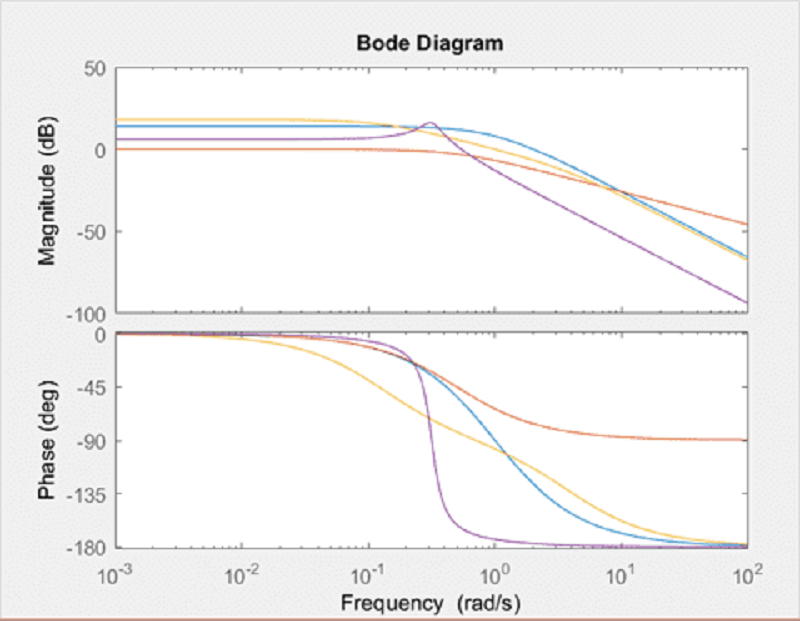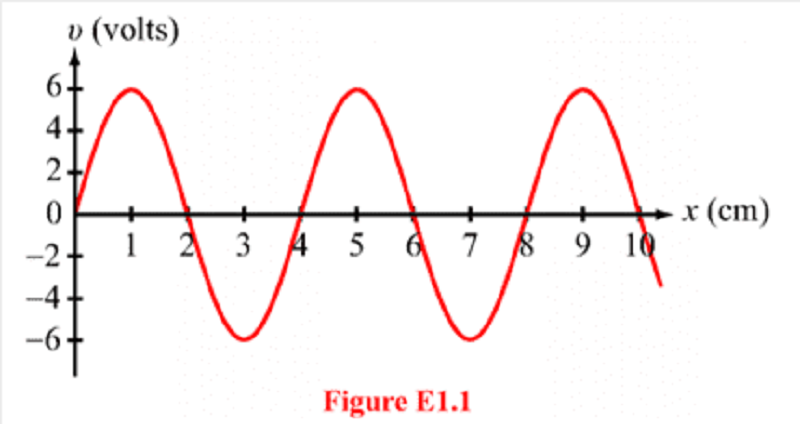DV007
{"name":"DV007", "url":"https://www.quiz-maker.com/QPREVIEW","txt":"Test your engineering knowledge and skills with our challenging quiz designed for automotive and electrical enthusiasts! This quiz features 10 thought-provoking questions that delve into various topics such as vehicle dynamics, signal processing, and electromagnetic waves. Multiple choice questions Covering topics from physics to automotive engineering Evaluate your understanding and compare with peers","img":"https:/images/course3.png"}
More Quizzes
FB 2020
311622
Quiz1
10527
Synthetic Aperture Radar Test
1168
Hair Care Quiz
1050
CPR Practice Test - Free Certification Prep
201017269
Which Statement Describes Binary Star Systems? Free
201016902
Unit 5 Progress Check MCQ - AP Chemistry (Free)
201016178
Ruby Rube - How Well Do You Know Her? (Free)
201016843
Free CFA Level 1 Practice Questions
201017082
Cyber Security Test - Free Online
201017933
What Should I Name My Dog? - Free & Instant
201018293
Asterix - How Well Do You Know the Characters?
201019504



